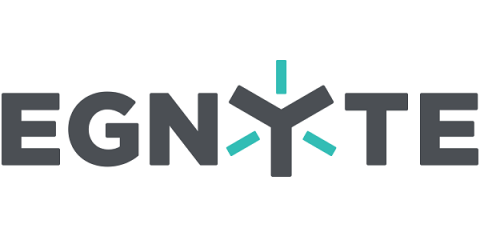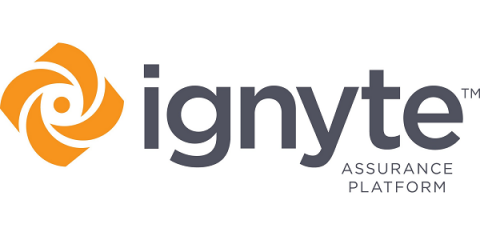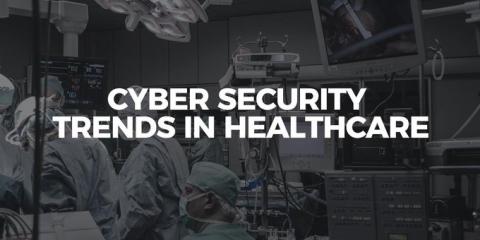How to Check the Integrity of a File?
In the world of cyber warfare, the internet has become a vital part of every walk of life. When it comes to downloading a file from the internet to your laptop or PC, you cannot be guaranteed a 100% safety due to the existence of fast and sophisticated cyber threats. Security vulnerabilities, data breaches, viruses, and malware have become very common and result in exploitation of the originality, integrity, and authenticity of any file you download from the internet.









